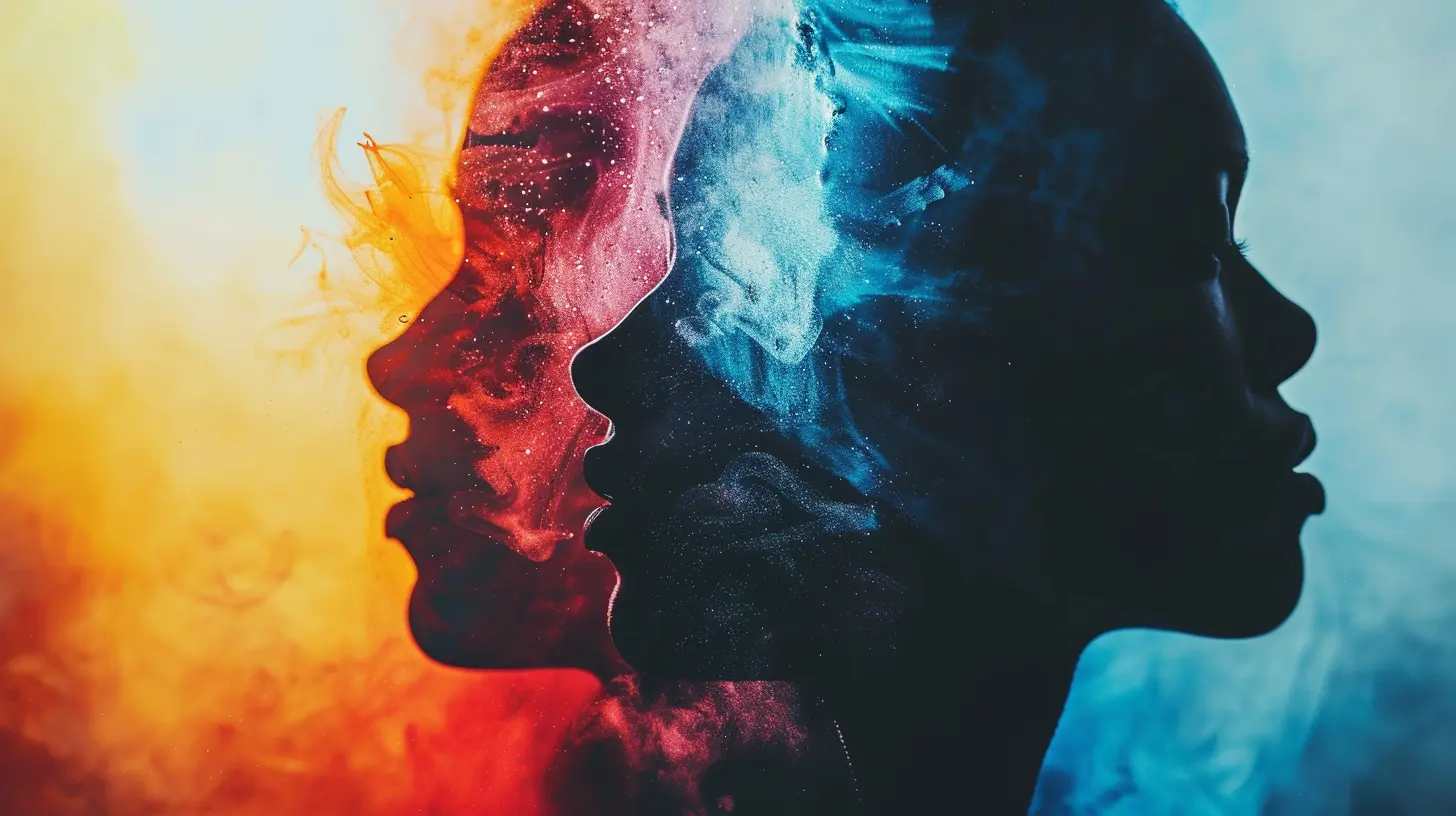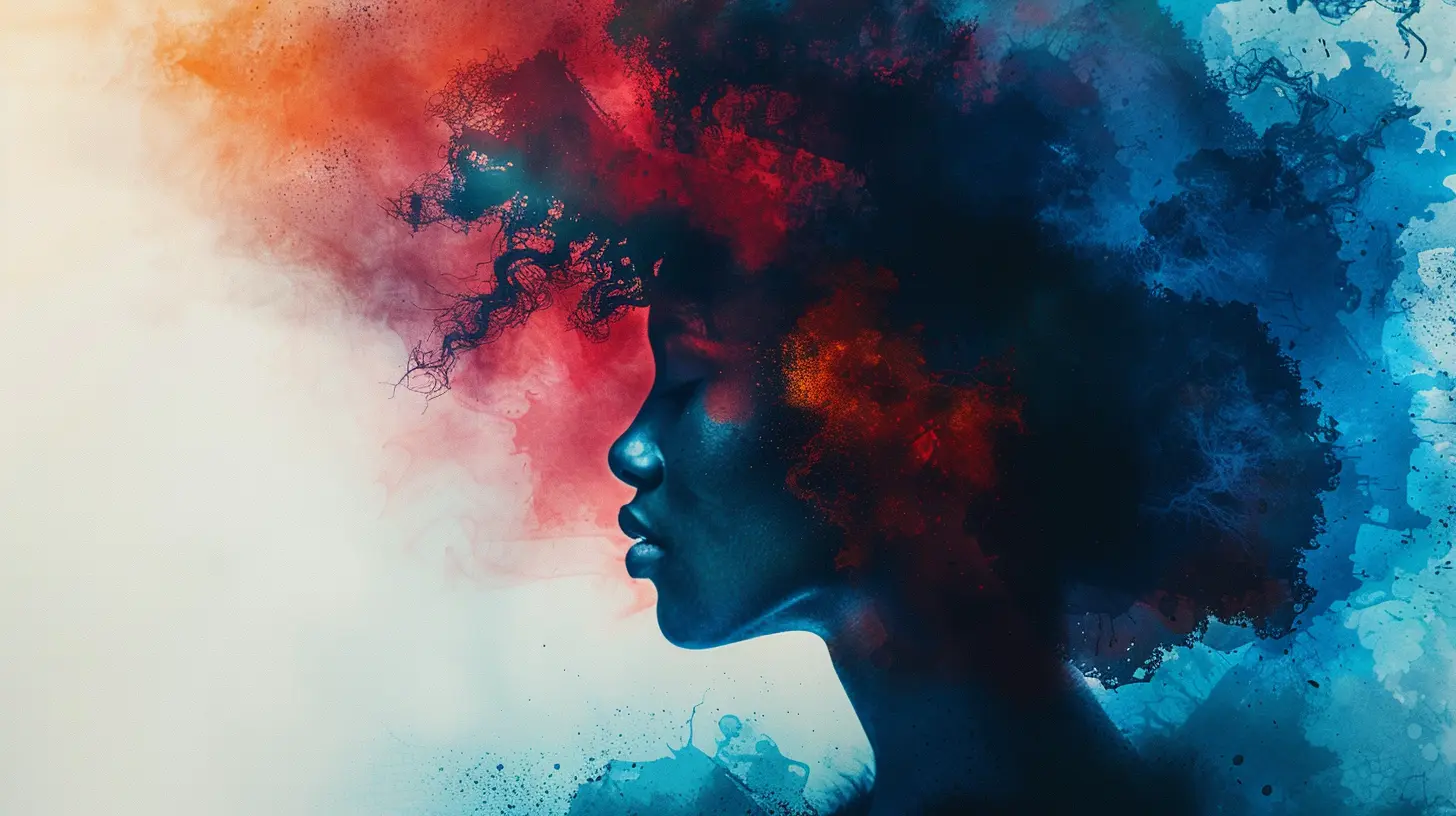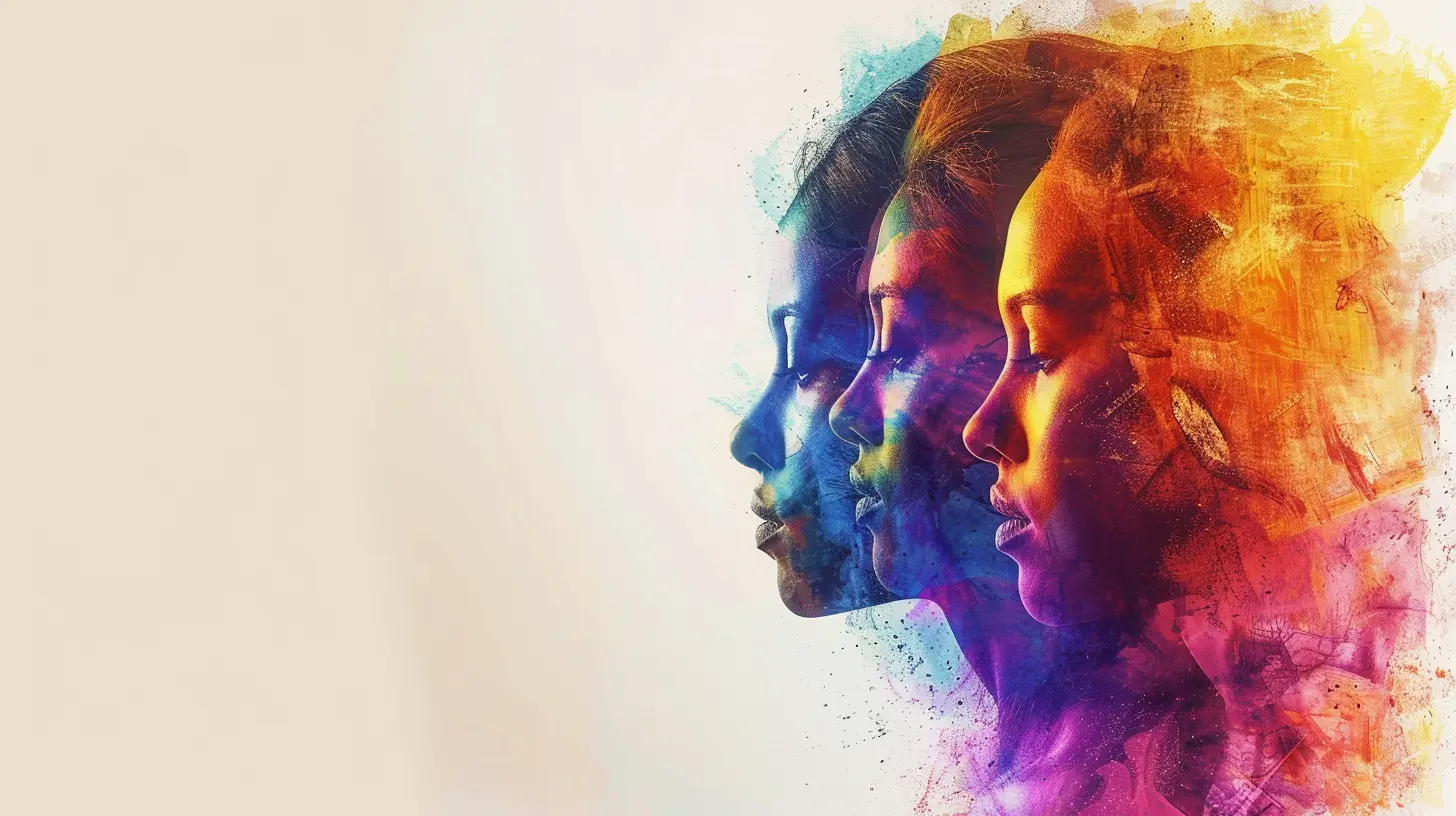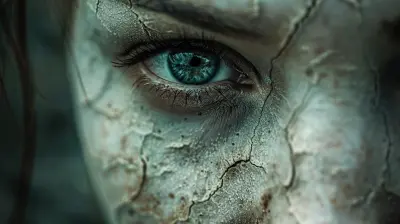Trauma in Minority Communities: Unique Challenges and Solutions
7 October 2025
Let’s face it—trauma doesn’t discriminate. But let’s also be real—when it comes to minority communities, trauma often hits harder, lasts longer, and gets way less attention than it should.
You’ve probably heard the term “trauma” tossed around a lot. It might make you think of big, explosive events like war or natural disasters. But trauma is way broader than that. It’s any experience that overwhelms a person’s ability to cope. And in minority communities, there’s a long list of stuff that fits that definition.
Today, we’re diving into something that’s not talked about enough: the unique challenges minority communities face when it comes to trauma—and more importantly, what can be done about it.
What Does Trauma Look Like in Minority Communities?
Trauma can show up in a million different ways. It’s not always loud, and it doesn't always come with obvious scars. In minority communities, trauma often hides behind closed doors, under layers of systemic oppression, cultural stigma, and generational pain.Cultural and Historical Trauma
Here’s the thing: many minority groups carry the weight of historical trauma. Think about the legacy of slavery, colonization, forced migration, genocide, and racial segregation. That stuff doesn’t just disappear with time. It’s like a wound that never fully heals—and it gets passed down from one generation to the next.Ever wonder why certain communities struggle with trust in institutions or have high levels of stress-related illnesses? Yeah, historical trauma plays a major role in that.
Everyday Discrimination and Microaggressions
You know what else is traumatic? Being made to feel "othered" every single day. Microaggressions—those subtle, often unintentional jabs people make based on race, gender, or ethnicity—can feel like tiny cuts. One or two might not kill you, but a thousand of them over time? That’s emotional bleeding.Discrimination in schools, workplaces, hospitals... it builds up. It’s exhausting. And it doesn’t just hurt feelings—it impacts mental health, self-esteem, and even physical well-being.
Why Is Trauma Underreported in Minority Communities?
You’d think something this serious would be at the top of every healthcare agenda. So why isn’t it? The truth is, a whole bunch of barriers get in the way.Stigma Around Mental Health
In many minority cultures, mental health just isn’t something you talk about openly. You're taught to keep it in the family, stay strong, or pray it away. As a result, people suffer in silence—not because they want to, but because there's a fear of being judged, misunderstood, or dismissed.Lack of Access to Mental Health Care
Even if someone is brave enough to seek help, good luck finding an affordable, culturally competent therapist nearby. Minority neighborhoods are often under-resourced when it comes to quality healthcare. It’s like trying to find water in the desert.And if you're an immigrant or undocumented? The system becomes a maze of language barriers, paperwork, and fear of deportation.
Mistrust in the System
Let’s talk trust—or the lack of it. Minority communities have real, documented reasons to be skeptical of medical and mental health institutions. From the Tuskegee Syphilis Study to forced sterilizations of Indigenous women, history is full of examples where healthcare failed—or outright harmed—people of color.Can you blame someone for not wanting to open up to a therapist who doesn’t understand their background, or worse, invalidates it?
The Psychological Effects of Unaddressed Trauma
When trauma goes untreated, it doesn’t just fade away. It festers.Here’s what often happens:
- Chronic anxiety and depression: Constant worry, sleepless nights, and feelings of hopelessness become part of the daily grind.
- PTSD symptoms: Flashbacks, avoidance, and emotional numbness might crop up—especially after events like police brutality or community violence.
- Intergenerational trauma: Parents pass their pain onto children, not through genetics, but through behaviors, beliefs, and unhealed wounds.
- Substance abuse: When therapy isn’t an option, people often turn to alcohol or drugs to cope.
- Hypervigilance: Always feeling “on edge,” like the world isn’t a safe place—it’s a survival mechanism, but it also drains you.
Unique Challenges Faced by Specific Minority Groups
Trauma doesn’t look the same for everyone. While there are common patterns, each minority group experiences its own set of struggles.Black Communities
For Black Americans, trauma is deeply tied to systemic racism. Police brutality, mass incarceration, and economic inequities stack the deck against them. Even Black children are seen as older and less innocent than their white peers—a phenomenon known as adultification bias. That’s a heavy burden to carry from a young age.Latinx Communities
Latinx individuals often face trauma related to immigration, deportation fears, and separation from family. Add in language barriers, cultural dislocation, and economic hardship, and you've got a cocktail of stress that can easily spiral into mental health issues.Indigenous Communities
Indigenous people in the U.S., Canada, and other colonized nations face staggering rates of suicide, addiction, and PTSD. Historical trauma from forced relocation, boarding schools, and cultural erasure still echoes loudly today.Asian American Communities
Asian communities often deal with the “model minority” myth, which paints them as successful and problem-free. But behind that stereotype lies unspoken trauma—family pressure, racism (especially after COVID-19), and a cultural silence around emotional vulnerability.Real Solutions That Work (And Some That Need Work)
Now that we've painted a pretty bleak picture, let’s talk solutions. Because yes—change is possible. But it has to start with understanding, compassion, and commitment.Culturally Competent Mental Health Care
Therapists who understand the cultural context of their clients aren't just helpful—they're necessary. Mental health professionals need to reflect the diversity of the people they serve. That means more BIPOC practitioners, more language-accessible services, and more training on how racism and cultural identity influence mental health.Community-Based Healing
Not everyone heals through one-on-one therapy. For some communities, healing comes through group support, storytelling, ceremony, or spirituality. Community gardens, cultural events, and safe spaces for expression—these are all forms of therapeutic connection.Let’s broaden the definition of healing, shall we?
Trauma-Informed Schools and Workplaces
Kids bring their trauma to the classroom. Adults bring it to work. So why aren’t more schools and companies trauma-informed? Training educators, managers, and frontline staff on how to recognize and respond to trauma can make a massive difference.It’s not about being soft; it’s about being smart. A little empathy can go a long way.
Policy-Level Changes
We can’t therapy our way out of systemic trauma. If minority communities are going to heal, the root causes of trauma—poverty, racism, lack of access to care—have to be addressed.That means:
- Expanding healthcare access
- Reforming policing
- Increasing funding for public education
- Enforcing anti-discrimination laws
Policy is where lasting change happens.
Action Steps: What Can You Do?
So what now? You’re not powerless in all this. Whether you’re part of a minority community or an ally, here’s how you can be part of the healing:1. Educate Yourself: Read books, listen to podcasts, attend community events. Knowledge is power.
2. Speak Up: Challenge stigma and discrimination when you see it. Your voice matters.
3. Support Culturally Competent Resources: Donate to or volunteer with organizations that prioritize mental health in minority populations.
4. Check In: Ask friends and family how they’re really doing—and mean it.
5. Advocate for Change: Vote with your values. Push for policy changes that create equity and justice.
Final Thoughts: Healing Is a Community Effort
We can't talk about trauma without talking about justice, inclusion, and respect. Minority communities don’t just need help—they need to be heard. They don’t need fixing—they need support, space, and solidarity.Healing isn’t linear, and it sure as heck isn’t easy. But with the right tools, the right people, and the right mindset, it’s absolutely possible.
Because at the end of the day, everyone deserves to feel whole.
all images in this post were generated using AI tools
Category:
TraumaAuthor:

Janet Conrad
Discussion
rate this article
1 comments
Kian Maddox
Thank you for addressing such an important topic. Understanding trauma in minority communities is crucial for effective support and healing. Your insights are invaluable!
October 19, 2025 at 3:21 AM

Janet Conrad
Thank you for your thoughtful comment! I'm glad you found the insights valuable—addressing trauma in minority communities is essential for meaningful support and healing.


